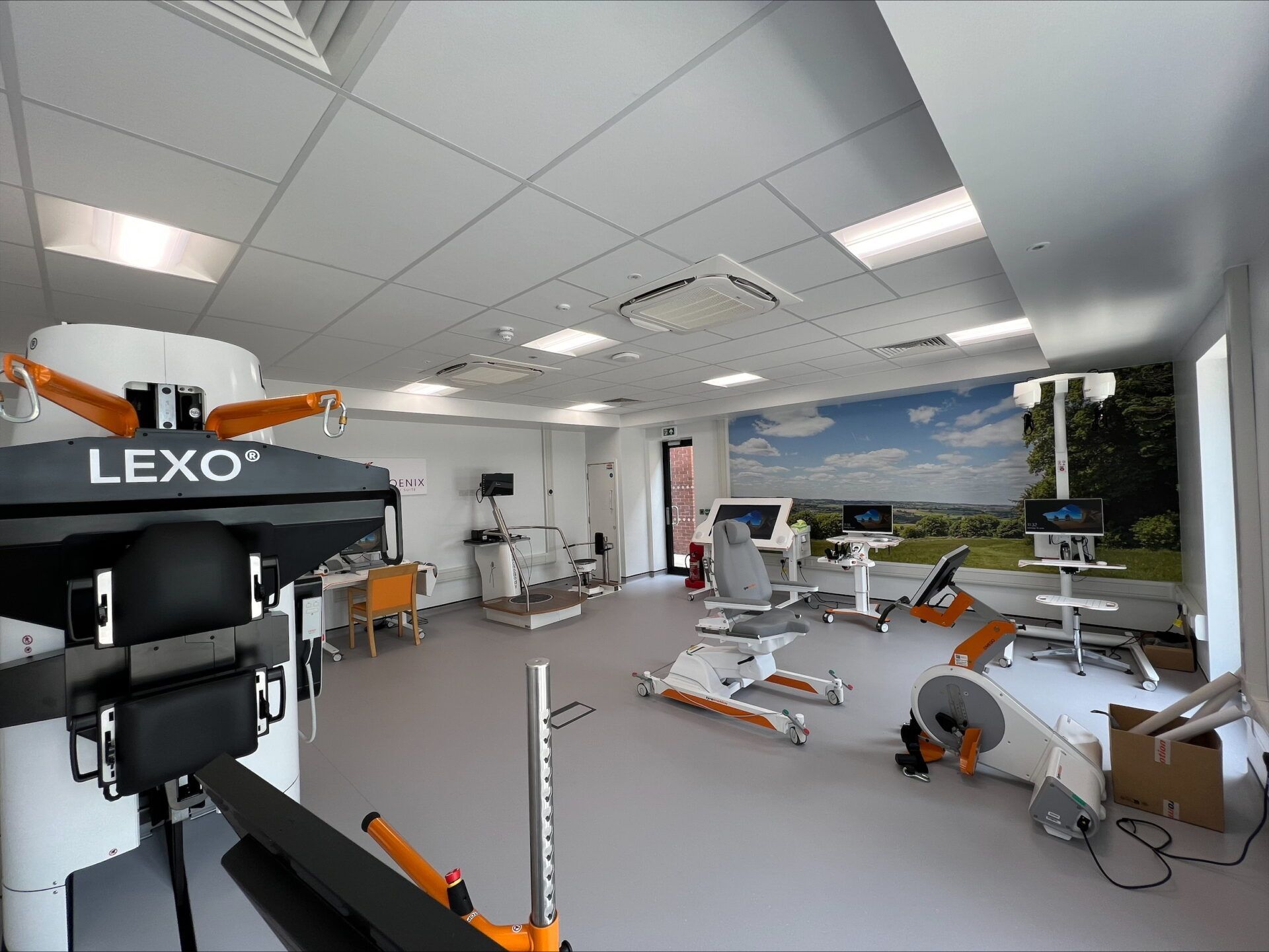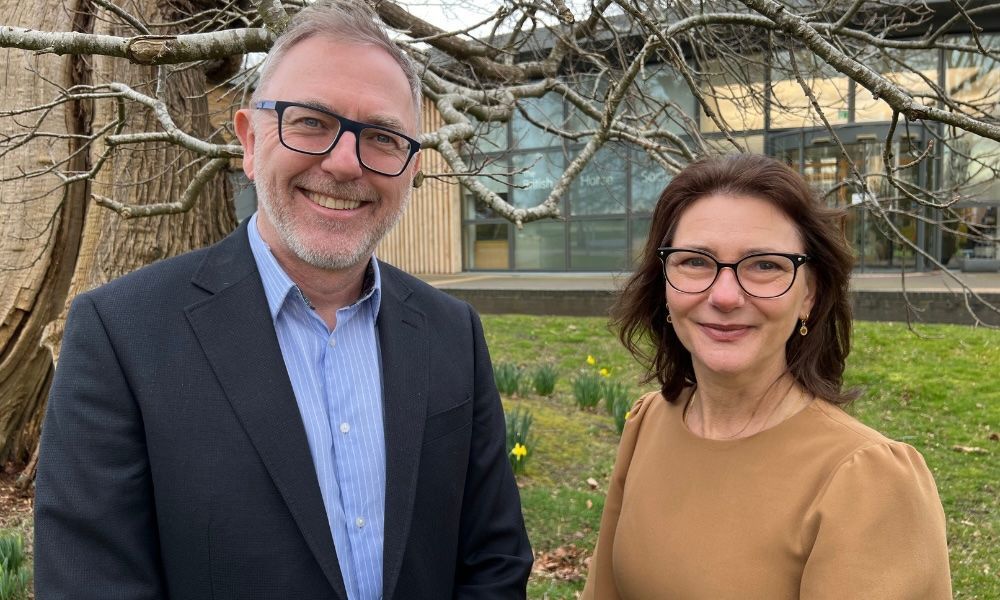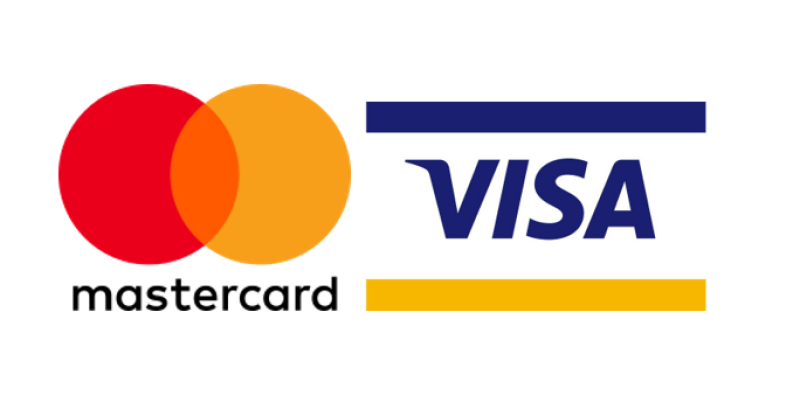Introduction to EksoNR: How Exoskeleton Gait Training is Changing More Than Mobility
Exclusive Digital Event

Ekso Bionics is hosting the first of a four part lecture series in partnership with US Physiatry. Dr. Craig DiTommaso, Director of Early Career Physician Development at US Physiatry will be presenting for this exclusive digital event.
Dr. DiTommaso will discuss the incidence and prevalence of stroke, brain injury, and SCI and discuss how exoskeleton gait training is changing more than mobility for these neuro populations. He will address outcomes for improved mobilization and decreased complications as well as answer questions based on his experiences using EksoNR in practice.
Ekso Bionics
will be live Thursday, April 8th, at 10am PT / 1 ET with Dr. DiTommaso - register now!
About the Speaker
Dr. Craig DiTommaso
Dr. DiTommaso is the Medical Director of Post Acute Medical-Humble and Director of Early Career Physician Development at US Physiatry. He performs rehabilitation management, consultations, and chemodenervation for patients with spasticity, traumatic neurological injury including traumatic brain injury, stroke, cerebral palsy, or spinal cord injury. Dr. DiTommaso ascended to the medical director of inpatient rehabilitation for Baylor College of Medicine and served as an assistant professor. During his tenure with BCM, he was the medical director of Baylor St. Luke’s Rehab Services, Baylor St. Luke’s Rehab Center, and a primary attending on the TIRR Disorder of Consciousness program. Dr. DiTommaso also taught Brain Injury Medicine fellows, PM&R resident physicians, medical students, and physician assistant students. His research interest include prognosis after traumatic brain injury, headache management after brain injuries including concussions, and spasticity treatment.
About EksoNR
To learn more about EksoNR CLICK HERE or email: enquiries@ectron.co.uk
Share this post
More Recent News




